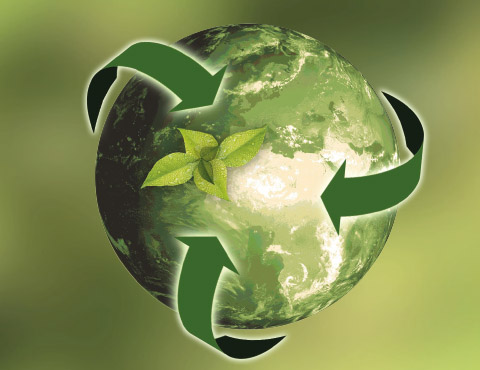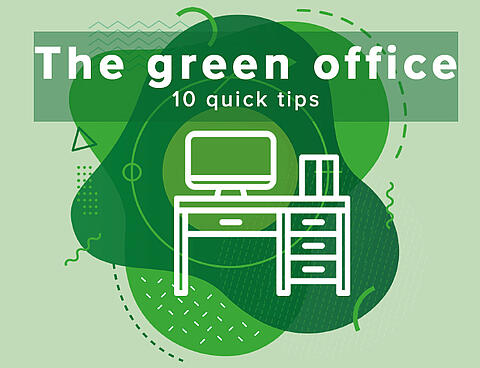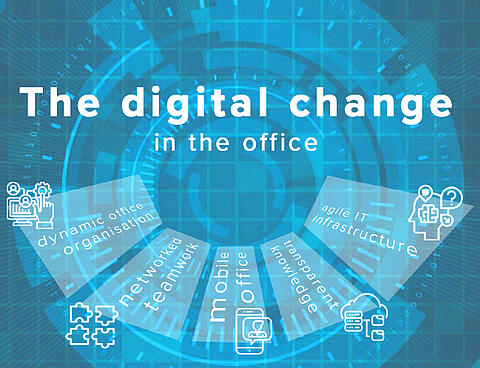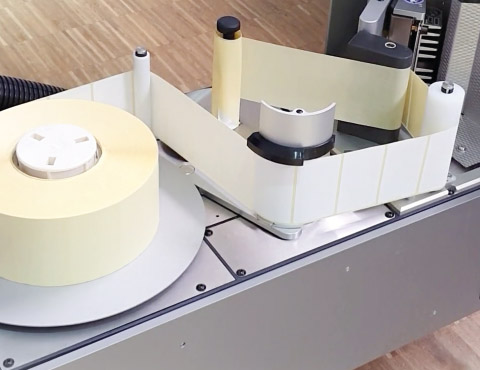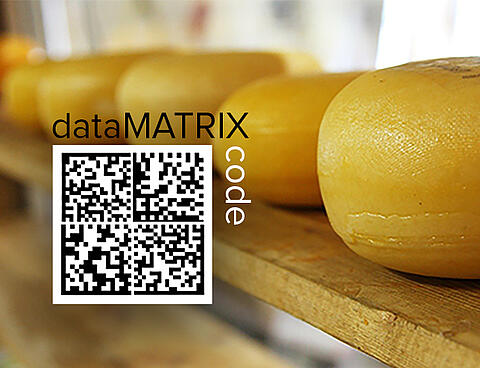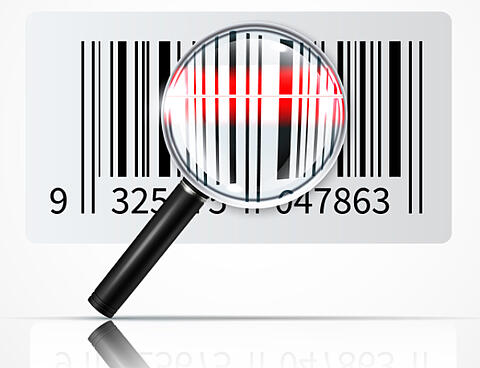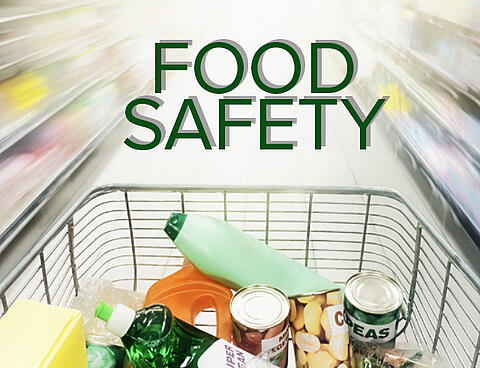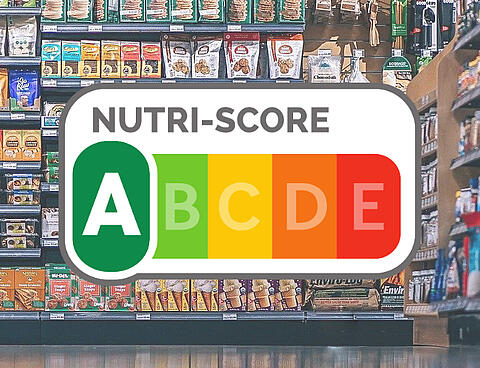
Which methods of quality control of food products
are available in the end-of-line area?
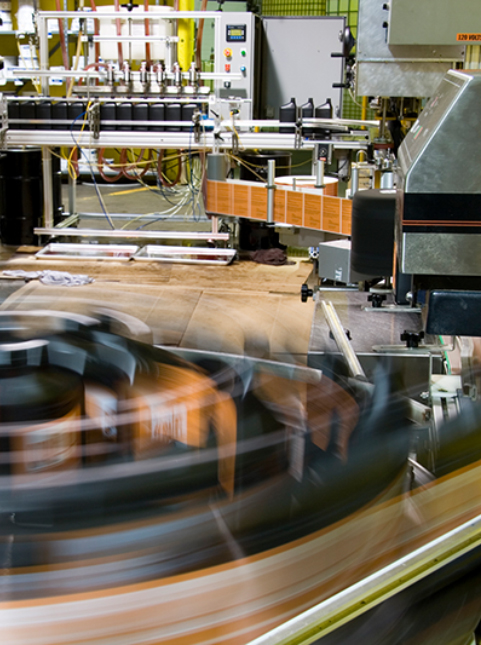
There is hardly any other sector where there are so many important rules on product labelling as in the food producing industry. Mandatory information includes the name of the food, the list of ingredients, allergens, net quantity, best before date (BBD), company address and much more. Although not legally required, the barcode is indispensable for the point of sales (checkout in the supermarket), regardless of whether it is an EAN 8, EAN 13, EAN 128 or modern 2D barcode.
Can the marking still be checked by a human being?
Today, a modern production line can process up to 140 packages per minute, extrapolated to an 8 hour shift, this amounts to 67,200 packages per shift. In 3-shift operation, over 200,000 packs can be processed, labelled, tagged and dispatched per day. With several production lines, the number is multiplied accordingly and the answer to the question of whether this can still be checked by a human being is clear: No! The multitude of information on the label cannot be checked by a human eye at this speed, and as a rule it is not even possible to check whether, for example, a label is even present from below.
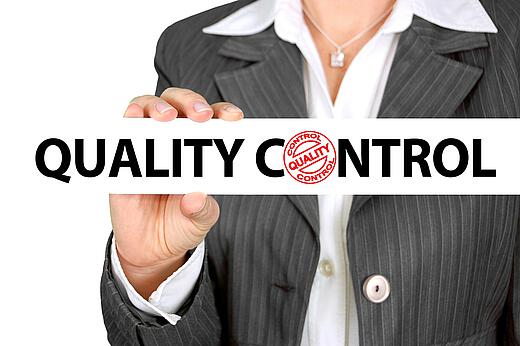
What possibilities are available for checking the label to satisfy the consumer requirements?
On the packages or labels there are usually barcodes which are read at the point of sales (PoS). The PoS is the bottleneck in the supermarket, this is where the longest queues form and where the patience of the customers is at its lowest, i. e. at the checkout there are no mistakes allowed. The barcode must not be missing and the existing barcode must be legible so as not to waste additional time. A barcode scanner at the labelling machine or at the price labeller checks whether a barcode is present at all and then also whether this barcode would also be legible at the checkout. If this scanner detects an error, the faulty packages are usually sorted out. The manufacturer can thus considerably reduce the error rate for his end customer – the retail trade.
Does this mean that the legal requirements are also checked?
The barcode scanner checks the readability of the barcode, so that the scanning of products at the checkout is less disturbed and the supermarket reduces queues to a minimum. A barcode scanner does not check the legal requirements, however. The scanner also does not check the correctness of a barcode. So it can happen that expensive pork filet is packed, but due to incorrect operation the product is marked with the significantly lower price of the neck steak by mistake. A "Vision Control System" can help here. A Vision Control System downstream of the labelling or marking system photographs each package and compares the factors to be examined with reference values. It is important that the producer maintains two independent databases, one for the price labeller and another for the Vision Control System, because only then is it really worth checking.
A modern Vision Control System can check up to 150 packs per minute, depending on the scope of the inspection, and checks the readability but also the content of all information on the pack by means of OCR text recognition. For example, the label with the article text and the ingredients, but also the basic price and the barcode. The Vision Control System can therefore also check the content of the barcode. Everything that can be seen on the package and offers a contrast can be checked, i. e. not only the label and its contents but also the packaging film if it is printed, a decorative label etc. If an error is detected, a sorting process is also initiated here. In addition, such systems also offer a variety of statistics, e. g. when which errors occurred, and the consequences of errors can also be drawn, e. g. if 5 faulty packs are detected in a row, the line is stopped because it is obvious that these are no longer individual cases. A really fascinating system with an extremely high number of possibilities. A 100% protection is already possible today and the demand for these solutions is increasing every year.
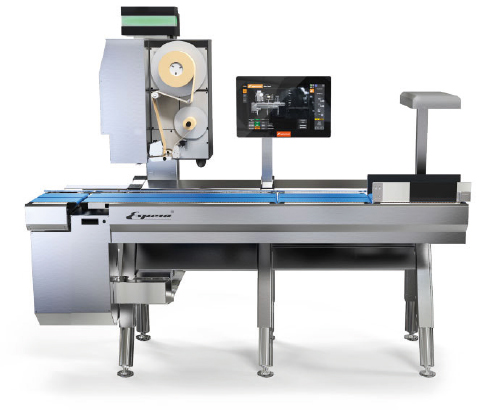
Digitisation in food production
Digitisation puts classic machine parameters such as speed and modularity in the shade as digital machine functions allow far more savings potential to be realised.
Find out in our new post about the technologies that digitalisation brings with it.
